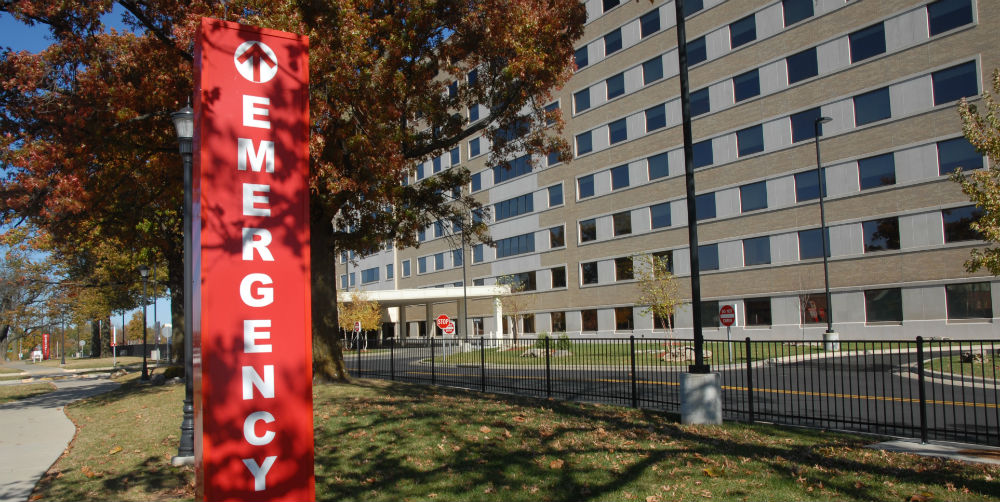
When it comes to providing quality healthcare and keeping patients safe from serious medical errors, bigger is not necessarily better. As with most businesses, the reason for hospital consolidations is to become more efficient and to improve the bottom line. Reducing costs, eliminating duplications, streamlining workforces, and increasing areas of coverage are common goals of hospital mergers.
The trend in the U.S. hospital industry for several years is consolidation – hospital systems buying up other medical facilities. According to the National Institute for Health Care Management Foundation, a not-for-profit organization focused on improving health care, in 2006 there were 57 such mergers or acquisitions. In 2018 that number hit 115.
The NIHCS report (“Hospital Consolidation: Trends, Impacts & Outlook”) concluded that when hospitals merge the cost of healthcare in those hospitals goes up – as much as 40% in some instances.
But what effect does the business side of healthcare mean for patient safety? A different study released in January seems to question the safety benefits of hospital consolidation.
Change in Patient Care Following Hospital Acquisition
The New England Journal of Medicine published the study (“Changes in Quality of Care after Hospital Mergers and Acquisitions”). It found no evidence that hospital mergers improve patient safety.
The study included more than 2,200 hospitals; 246 were purchased between 2009 and 2013. The remaining 1,986 were not sold in that time period and served as a comparison control group for researchers.
Patient care measurements included:
· 30-day hospital readmission rates
· Patient mortality rates
· Clinical processes – properly treating patients with pneumonia, for example
Researchers also reviewed patient experiences. One measure, for example, is whether or not a patient would recommend the hospital to others.
The study identified an overall drop in patient readmission rates and mortality rates in hospitals that were acquired. While not a large drop, one concern was what researchers did not find in hospital acquisitions: A consistent increase in patient safety.
A decline in patient experience also was uncovered. And this drop in patient satisfaction largely was found in hospitals that were bought by larger hospitals that already had low patient experience scores.
Hospitals Poorly Trained for Performing Risky Surgeries
The Leapfrog Group is a patient safety organization that grades hospitals based on a number of serious medical errors they make, including:
· Hospital acquired infections
· Miscommunications over medicines
· Patient falls
In February it issued a report that focused on serious surgical errors. One conclusion from the report (“Safety in Numbers: Hospital Performance on Leapfrog’s Surgical Volume Standard”) is that most hospitals today are doing high-risk surgeries without adequate training or experience.
Leapfrog did not address the matter, but a logical conclusion could be that as larger, well-resourced hospitals buy smaller facilities, they push them to do risky, costly surgeries to justify the business decision.
When patients receive inadequate medical care because mistakes are made, they and their families can suffer greatly. The reasons for the error may be complicated. If you or a loved one was a victim of a serious medical mistake, turn to an experienced medical malpractice lawyer to investigate.
The choice of a lawyer is an important decision that should not be based solely on advertisements.
Authored by Gray Ritter Graham, posted in Blog March 13, 2020

 RSS Feed
RSS Feed